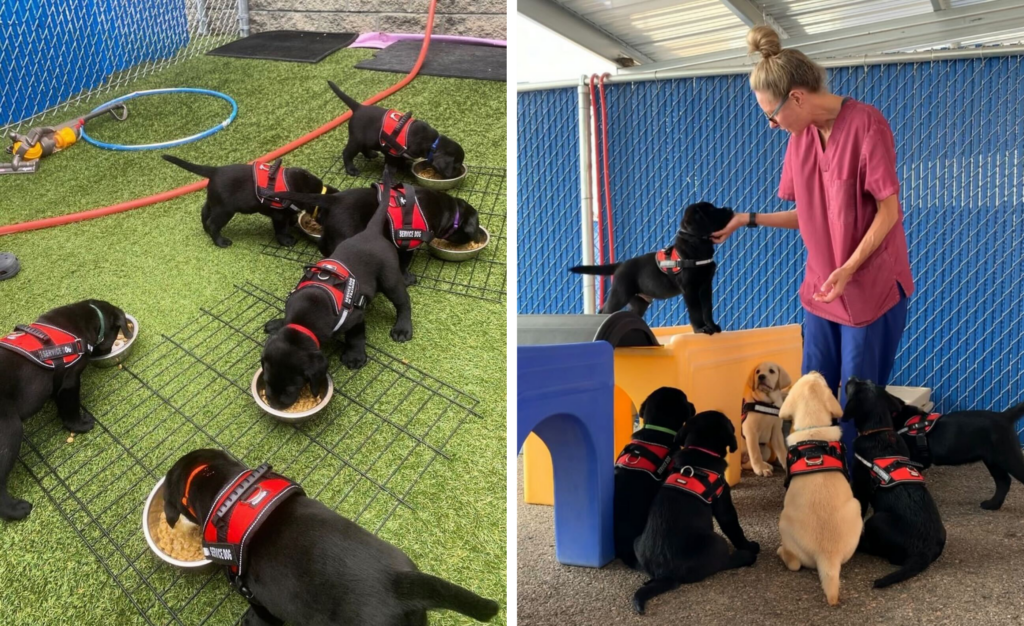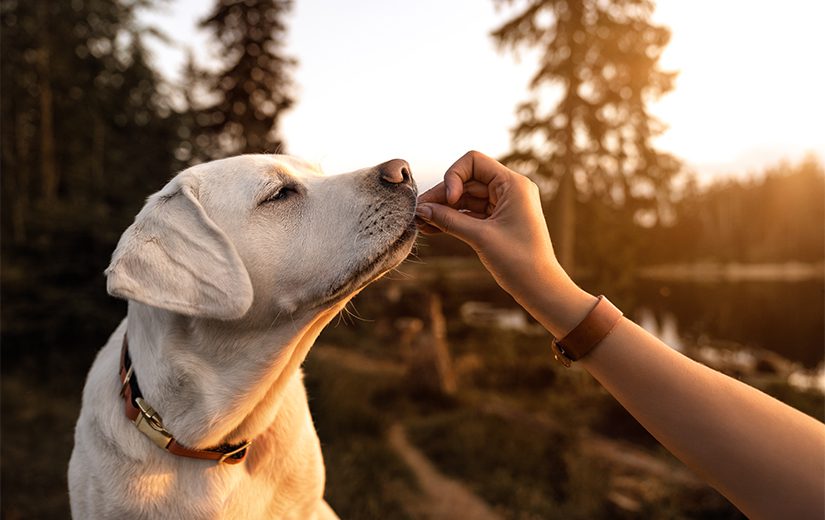Find the Best Dog Training Near Me for Effective Obedience and Behavioral Solutions
Find the Best Dog Training Near Me for Effective Obedience and Behavioral Solutions
Blog Article
Beginner's Overview to Effective Dog Training in the house
Efficiently training a canine at home calls for a nuanced understanding of canine actions and effective communication approaches. Developing clear training goals, using premium benefits, and keeping consistency across family participants are crucial aspects. Moreover, integrating training right into daily routines can boost both involvement and retention. However, numerous newbie instructors experience difficulties that may impede progression. To browse these intricacies successfully, it's vital to explore numerous essential elements that can transform your approach and result in a harmonious relationship with your pet dog. What basic principles should every novice grip to ensure success?
Comprehending Pet Dog Behavior
Recognizing dog habits is essential for efficient training and cultivating a harmonious connection in between humans and their canine companions - Puppy Training. Pets communicate mostly with body language, articulations, and faces, making it crucial for owners to translate these signals precisely. Recognizing actions such as tail wagging, grumbling, or trembling can offer insights into a canine's emotion and intentions
In addition, recognizing the natural impulses of pet dogs, such as their pack attitude, helps owners establish leadership duties within the house. This is crucial for creating a structured setting where pet dogs feel secure and are more responsive to training. Canines are also affected by their socialization experiences; early exposure to various atmospheres, people, and various other animals can significantly form their behavior later in life.
Common behavioral issues, such as aggressiveness, stress and anxiety, or too much barking, usually stem from misunderstandings or unmet demands. Observing and attending to these concerns promptly can protect against rise and ensure a positive training experience. By fostering a deep understanding of canine habits, proprietors can tailor their training approaches to match their canine friends, inevitably causing a mannerly and contented family pet.

Vital Training Devices
A well-appointed training room can substantially improve the efficiency of dog training in the house. Important training tools ensure that both the canine and the trainer can involve in productive sessions that foster understanding and bonding.

Buying a durable leash and a comfortable, well-fitting collar or harness is crucial for security and control. These tools assist establish limits and guarantee the canine remains secure during training. Additionally, a designated training location, totally free from interruptions, aids focus for both the fitness instructor and the pet.
Educating help such as training pads, cones, or dexterity equipment can likewise improve the experience by introducing selection and obstacles. Last but not least, having a note pad or digital app for tracking progression can be invaluable, allowing you to keep in mind successes and areas for renovation. Using these vital tools will certainly produce a positive training setting and lay the foundation for effective knowing.
Developing a Training Routine
Establishing a consistent training routine is important for effective dog training in the house. A well-structured routine not only aids in strengthening desired habits yet likewise provides your pet dog with a complacency and predictability. To develop an effective training regular, start by determining details training goals, such as fundamental commands, leash walking, or housebreaking.
Select an assigned time daily for training sessions, ideally when your pet dog is receptive and sharp. Procedure ought to be brief, approximately 5 to 15 minutes, to maintain emphasis and protect against fatigue. Uniformity in timing and environment will boost your dog's learning experience.
Include training right into daily activities to strengthen abilities. Practice commands during strolls or mealtime, which integrates learning into all-natural regimens. In addition, remain versatile and readjust the regular as essential, accommodating your pet dog's energy degrees and mood.
Positive Support Techniques

When carrying out positive support, it is important to choose incentives that are motivating for your pet. High-value treats, such as tiny pieces of hen or cheese, can be especially reliable during training sessions. Furthermore, varying the incentives can maintain your pet dog's passion and interest.
Beginning with easy commands, like "rest" or "remain," and slowly progress to much more complex jobs. Consistency is crucial; guarantee that all family participants utilize the same commands and reward systems to stay clear of complication.
Moreover, it is important to continue to be patient and stay clear of frustration. Canines, like human beings, find out at their own speed. By cultivating a supportive training atmosphere via positive reinforcement, you can improve your pet dog's knowing experience while strengthening the bond between you and your fuzzy friend, laying the foundation for effective training outcomes.
Typical Training Challenges
While training a canine in the house can be a gratifying experience, it usually features a collection of common difficulties that can evaluate both persistence and consistency. One common concern is distraction. Dogs might come to be easily averted by sounds, activities, and even scents in their environment, making it difficult to preserve their emphasis throughout training sessions.
An additional obstacle is disparity in commands and support. If relative use various signs or benefits, it can puzzle the canine and impede progression. Establishing a unified approach is vital for efficient communication.
In addition, pet dogs can experience frustration or stress, especially if they do not recognize what is expected of them. This can result in unwanted habits, such as original site eating or barking.
Ultimately, the timing of reinforcement is essential. Postponed rewards can diminish the performance of positive navigate here support, as canines may stop working to connect the habits with the reward.
Conquering these obstacles needs dedication, clear communication, and a structured training plan - Puppy Training. Identifying and attending to these typical obstacles will certainly lead the way for a more delightful and successful training experience in the house
Final Thought
Finally, successful dog training in the house necessitates a detailed understanding of canine actions and effective communication methods. By developing clear training objectives and making use of top quality treats along with positive reinforcement, the training process becomes a lot more fulfilling for both the instructor and the canine. Patience, consistency, and adaptability are important parts that facilitate learning. Inevitably, incorporating training right into day-to-day routines enhances the bond in between dog and owner, making the experience both pleasurable and productive.
Establishing a regular training here are the findings routine is vital for efficient pet dog training at home.Positive support methods are fundamental to efficient canine training, advertising desired behaviors via incentives rather than penalty. By promoting a helpful training environment via positive support, you can enhance your dog's understanding experience while enhancing the bond in between you and your hairy buddy, laying the foundation for successful training end results.
In conclusion, successful dog training at home requires a thorough understanding of canine habits and effective interaction approaches. By establishing clear training objectives and making use of top notch deals with alongside favorable reinforcement, the training procedure becomes a lot more fulfilling for both the fitness instructor and the pet.
Report this page